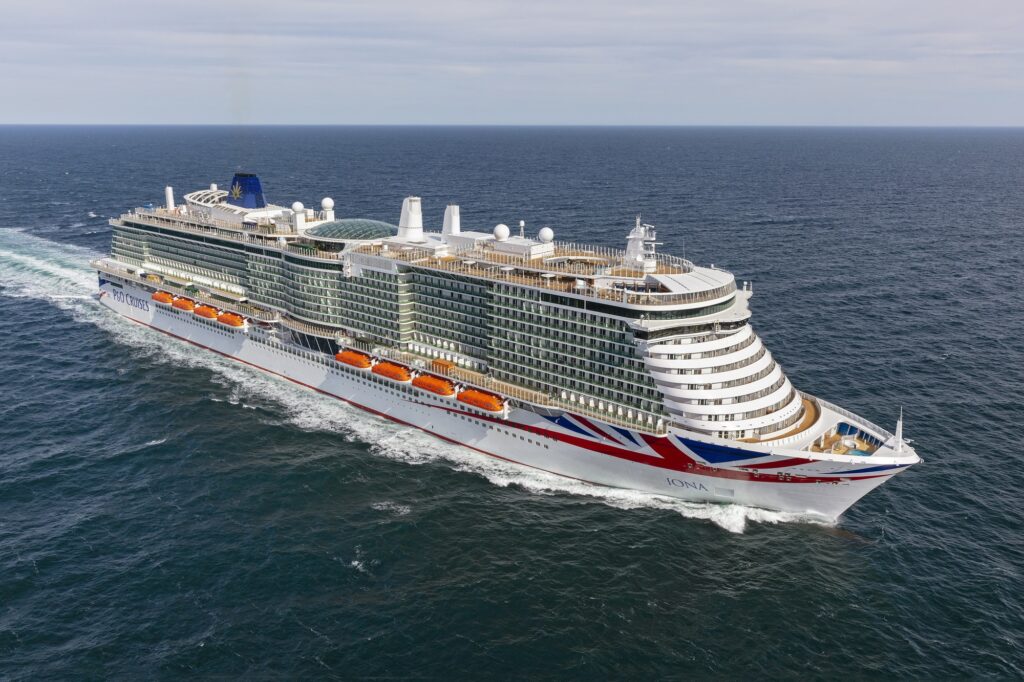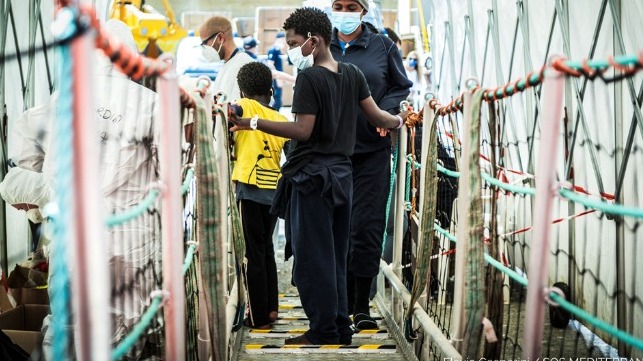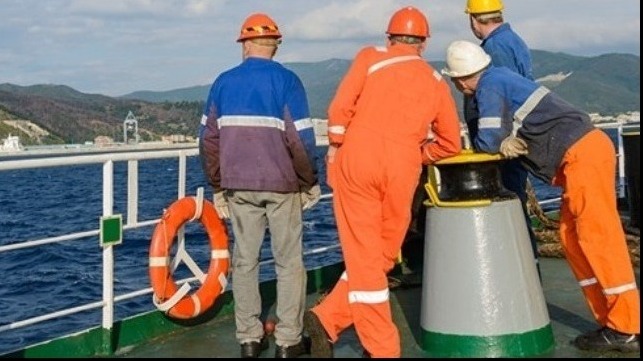As from 1 August 2021, Norway-based ship supply specialist Wilhelmsen has taken over sales, logistics and consulting for Klüber Lubrication’s maritime portfolio. Initially within European countries and Southeast Asia, followed by the rest of the world from October onwards.
Kjell Andre Engen, Executive Vice President Marine Products, Wilhelmsen said, “This exclusive partnership pairs Klüber Lubrication’s market-leading marine lubricants with our unrivalled sales, customer service and supply network. Stronger together, customers old and new will quickly recognise the clear financial and operational value of our partnership”.
Complementing Wilhelmsen’s existing marine products portfolio, Klüber Lubrication’s premium specialty lubricants, including EALs are designed for a variety of vessel and port applications. And are claimed to allow longer intervals between maintenance and help increase the lifespan of ship components.
Along with the clear financial and environmental incentives for choosing Klüber Lubrication, customers old and new will now benefit from Wilhelmsen’s in-depth maritime expertise, established global distribution network and dedicated account manager set-up. In addition, access to the wider Wilhelmsen marine products portfolio offers obvious added value for forward-thinking owners, operators and managers looking to optimize their vessel operations. In parallel to the Wilhelmsen partnership, Klüber Lubrication will also continue to drive innovation working directly with original equipment manufacturers.
Christoph Köhler, Head of Global Business Team Marine at Klüber Lubrication said, “In 2018, Klüber Lubrication and Wilhelmsen signed a cooperation. Following intensive preparatory work, we are now combining our respective strengths. The aim is that operators of ships, shipyards and dry docks can purchase innovative, high-performance specialty lubricants from a single point of contact all over the world. Promptly, reliably and with competent consulting provided”.
Wilhelmsen’s Marine Products team have undergone in-depth training on Klüber Lubrication’s products and their applications.














